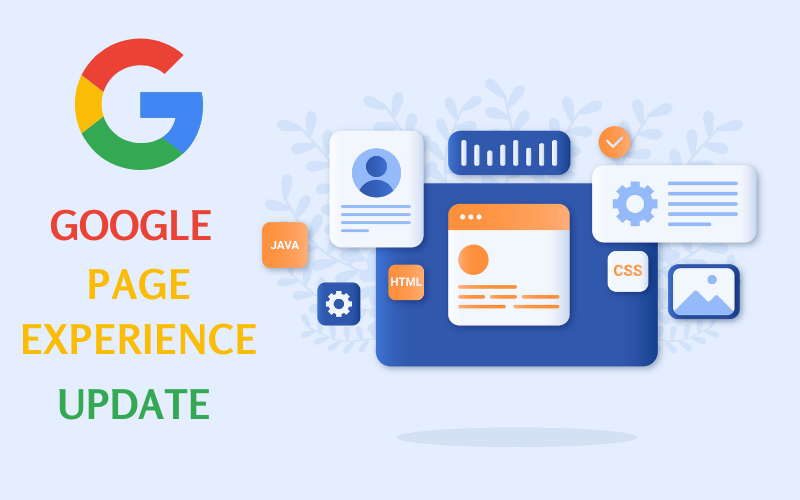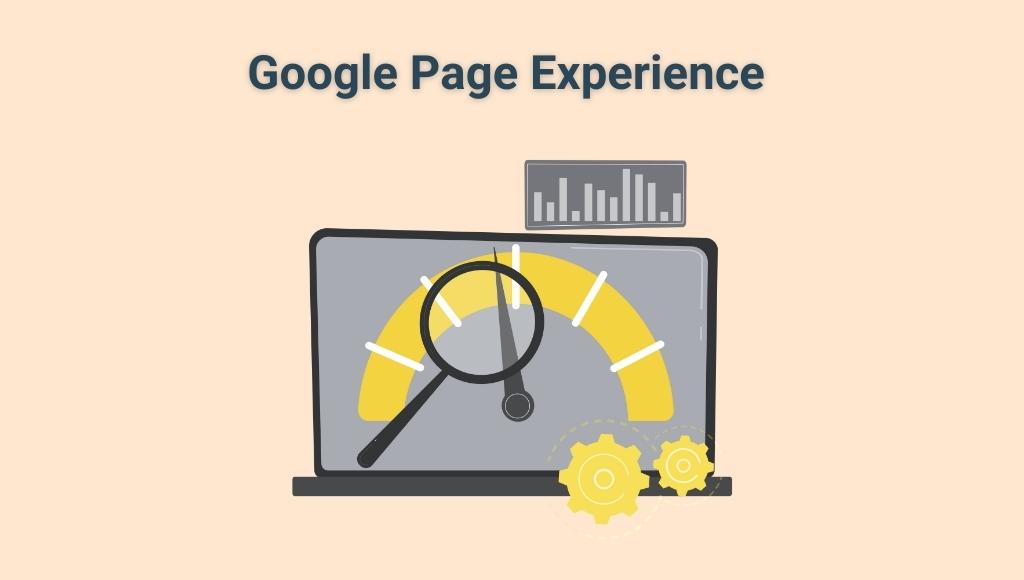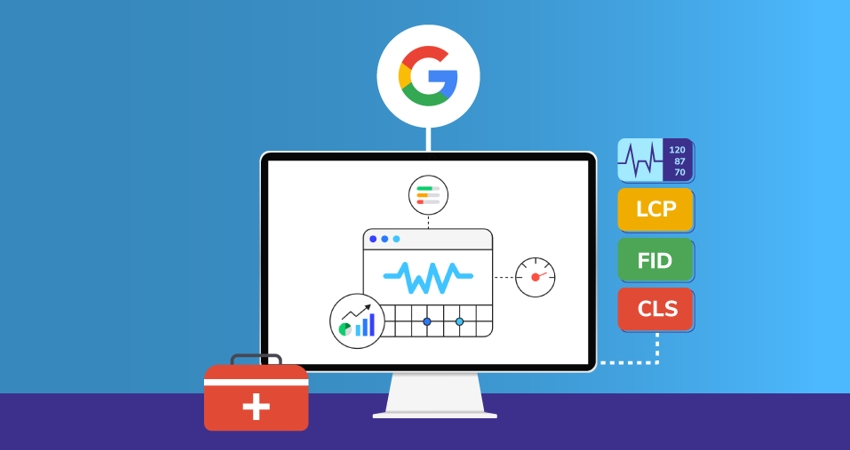Google Page Experience: Enhancing User Satisfaction and Improving Website Performance
As the world’s most popular search engine, Google is constantly evolving to provide its users with the best possible search experience. In line with this, Google has recently announced a new ranking factor – Google Page Experience – which will take into account how users perceive the experience of interacting with a web page.
With this new update, it’s clear that Google is prioritizing user satisfaction and website performance as key factors in their search algorithm. This means that businesses and website owners need to pay attention to their website’s page experience in order to maintain or improve their search rankings.
In this article, we’ll dive deep into the concept of Google Page Experience, its importance, and how you can optimize your website to meet the criteria set by Google. So let’s get started!
Understanding Google Page Experience
What is Google Page Experience?
Google defines page experience as “a set of signals that measure how users perceive the experience of interacting with a web page beyond its pure information value.” In simpler terms, it’s the overall experience a user has while visiting a website, which includes factors such as loading speed, responsiveness, and security.
Google has always prioritized providing the best user experience through their search results. With this update, they are taking it one step further by explicitly considering the page experience as a ranking factor.

Google describes page experience as “a collection of indicators that evaluate how users perceive their interaction with a web page beyond its basic informational content.”
Why is it important?
As mentioned earlier, Google’s main goal is to provide the best possible search experience for its users. By factoring in page experience, Google is ensuring that the websites listed in their search results not only have relevant and high-quality content but also offer a positive user experience.
With this update, Google is highlighting the importance of improving website performance and user satisfaction. This means that businesses and website owners need to prioritize these aspects if they want to maintain or improve their search rankings.
Moreover, a good google page experience can also lead to increased user engagement and retention, resulting in higher conversion rates and improved brand reputation.
Components of Google Page Experience
The following are the key components of Google Page Experience:
- Core Web Vitals: These are the metrics used by Google to evaluate the loading speed, interactivity, and visual stability of a page.
- Mobile-Friendliness: This refers to how well a website performs on mobile devices.
- Safe Browsing: This signals whether a website is safe for users to browse, free from malware and other malicious elements.
- HTTPS Security: Websites that use HTTPS (Hypertext Transfer Protocol Secure) are considered secure and trustworthy by Google.
Core Web Vitals: The Key Metrics for Google Page Experience
Google has identified three specific metrics, known as Core Web Vitals, to measure a website’s page experience. These are Largest Contentful Paint (LCP), First Input Delay (FID), and Cumulative Layout Shift (CLS).

Google has identified three particular metrics, referred to as Core Web Vitals, to gauge the page experience of a website
Largest Contentful Paint (LCP)
LCP measures the loading speed of a page by tracking the time it takes for the largest content element (such as an image or video) to become visible to the user. According to Google, a good LCP is under 2.5 seconds.
To improve your LCP, you can optimize your images by compressing them and utilizing lazy loading techniques to only load images when they are needed. You can also consider using a content delivery network (CDN) to decrease the distance data needs to travel and thus improving LCP.
First Input Delay (FID)
FID measures the time it takes for a user to be able to interact with a page, such as clicking on a link or button. Google considers a good FID to be less than 100 milliseconds.
To improve your FID, you need to ensure that your website’s JavaScript code is efficient and doesn’t block the main thread. You can also utilize browser caching to reduce the amount of data that needs to be loaded, resulting in faster interactions.
Cumulative Layout Shift (CLS)
CLS measures the visual stability of a page by tracking the unexpected layout shifts that occur while the page is loading. A good CLS score is less than 0.1.
To improve your CLS, make sure to specify image and video dimensions in your HTML code. You should also avoid inserting new elements above existing ones, causing unwanted layout shifts.
Other Factors That Contribute to Google Page Experience
Apart from the Core Web Vitals, there are other factors that contribute to a website’s page experience and should be taken into consideration.

In addition to the Core Web Vitals, there are other elements that influence a website’s page experience and should be carefully considered
Mobile-Friendliness
With the increase in mobile usage, it’s crucial for websites to have a responsive design that adapts to different screen sizes. A mobile-friendly website not only provides a better user experience but also ranks higher in Google’s search results.
To ensure your website is mobile-friendly, you can use Google’s Mobile-Friendly Test or check your website’s performance on different devices manually.
Safe Browsing
Google takes the safety of its users very seriously and has implemented measures to warn them about potentially harmful websites. If your website contains malware or other malicious elements, it can significantly impact your page experience and rankings.
To check if your website is safe, you can use Google’s Safe Browsing Transparency Report or install a security plugin to regularly scan your site for any threats.
HTTPS Security
Websites that use HTTPS are considered secure and trustworthy by Google. This means that having an SSL certificate installed on your website is essential for maintaining a good page experience and search ranking.
If your website does not have HTTPS, you can obtain an SSL certificate from your web hosting provider or use a third-party service.
How to Measure Your Website’s Page Experience
Now that we understand the key components of Google Page Experience, let’s look at how you can measure your website’s page experience.
Google’s PageSpeed Insights
Google’s PageSpeed Insights is a free tool that helps you analyze the performance of your website on both desktop and mobile devices. It provides a detailed report on your website’s speed, optimization opportunities, and overall page experience score.
This tool also suggests actions that can be taken to improve your website’s performance and meet the Core Web Vitals criteria.
Google Search Console
Google Search Console is another free tool provided by Google that helps website owners monitor their website’s presence in the search results. It also includes a Core Web Vitals report, giving you an overview of how your website performs in terms of LCP, FID, and CLS.
This tool also highlights any pages that need attention and provides optimization suggestions to improve your overall page experience score.
Third-Party Tools
Apart from Google’s own tools, there are several third-party tools available that can help you measure your website’s page experience. Some popular options include GTmetrix, Pingdom, and WebPageTest.
These tools provide detailed reports on your website’s performance and give recommendations on how to optimize it for a better page experience.
Tips to Improve Your Website’s Page Experience
Improving your website’s page experience can be a daunting task, but here are some tips that can help you get started:
Optimize your images
Images are one of the main culprits when it comes to slow loading times. Make sure to compress your images and use appropriate formats (such as JPEG or PNG) for different types of images. You can also utilize lazy loading to only load images when they are needed.
Minimize server response time
Long server response times can significantly impact your website’s loading speed. To minimize server response time, you can consider using a content delivery network (CDN), optimizing your code, and upgrading your hosting plan if necessary.
Use lazy loading
As mentioned earlier, lazy loading can help reduce the initial page load time by only loading images when they are needed. This technique is particularly useful for websites with a lot of images or videos.
Improve your site’s navigation
A clear and user-friendly navigation can greatly enhance the overall user experience of your website. Make sure your website’s menu is easy to use and intuitive for users to find what they’re looking for.
Reduce third-party scripts
Having too many third-party scripts (such as social media widgets, analytics codes, etc.) can slow down your website and affect its overall performance. It’s important to regularly review and remove any unnecessary scripts.
Prioritize above-the-fold content
Above-the-fold content refers to the portion of a webpage that is visible without scrolling. Make sure to prioritize important content in this area so that it loads quickly and gives users a good first impression of your website.
Utilize caching
Caching can significantly improve your website’s loading speed by storing frequently accessed data on a user’s device. This means that the next time they visit your website, the data will load faster, resulting in a better page experience.
Upgrade to HTTPS
As mentioned earlier, having HTTPS security is crucial for maintaining a good page experience. If your website does not have an SSL certificate installed, make sure to upgrade to HTTPS as soon as possible.
The Future of Google Page Experience
With the launch of Google Page Experience, it’s clear that Google is serious about prioritizing user satisfaction and website performance in their search algorithm. But what does the future hold for this ranking factor?
Upcoming Core Web Vitals updates
Google has announced that the Core Web Vitals metrics will be updated every year to reflect changing user behavior and technology advancements. This means that website owners need to continuously monitor their website’s performance and make necessary improvements.
Impact on mobile search rankings
Google has also stated that the page experience update will only apply to mobile search results initially. So if your website is not optimized for mobile devices, now is the time to do so.
How to stay ahead of the competition
As with any Google algorithm update, it’s important to stay ahead of the competition by constantly monitoring and improving your website’s performance. With the focus on page experience, websites that prioritize user satisfaction and performance will likely see an increase in traffic and conversions.
Conclusion
In conclusion, Google Page Experience is an important aspect that website owners need to pay attention to if they want to maintain or improve their search rankings. By understanding the key metrics and factors that contribute to a good page experience, website owners can take necessary steps to optimize their websites and provide a better user experience.
With Google’s continual updates and focus on user satisfaction, it’s clear that page experience will play a crucial role in the future of search engine optimization. So make sure to prioritize your website’s page experience and stay ahead of the competition.










Post Comment